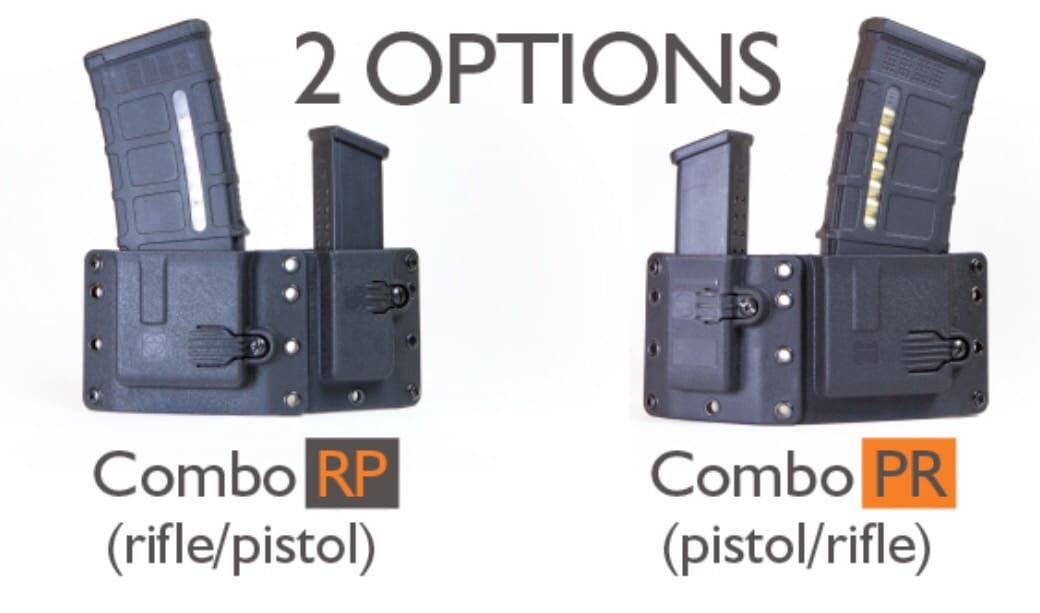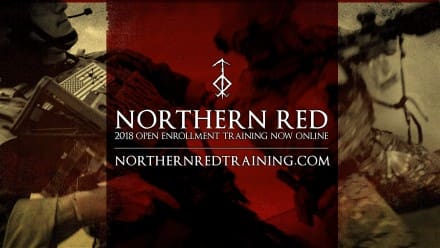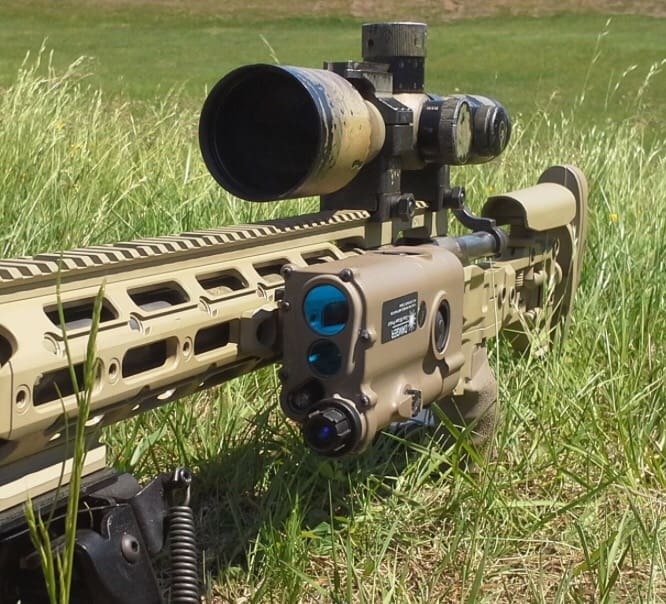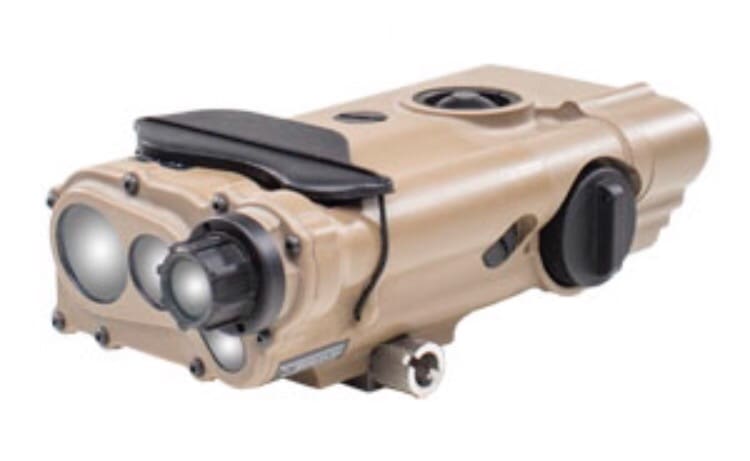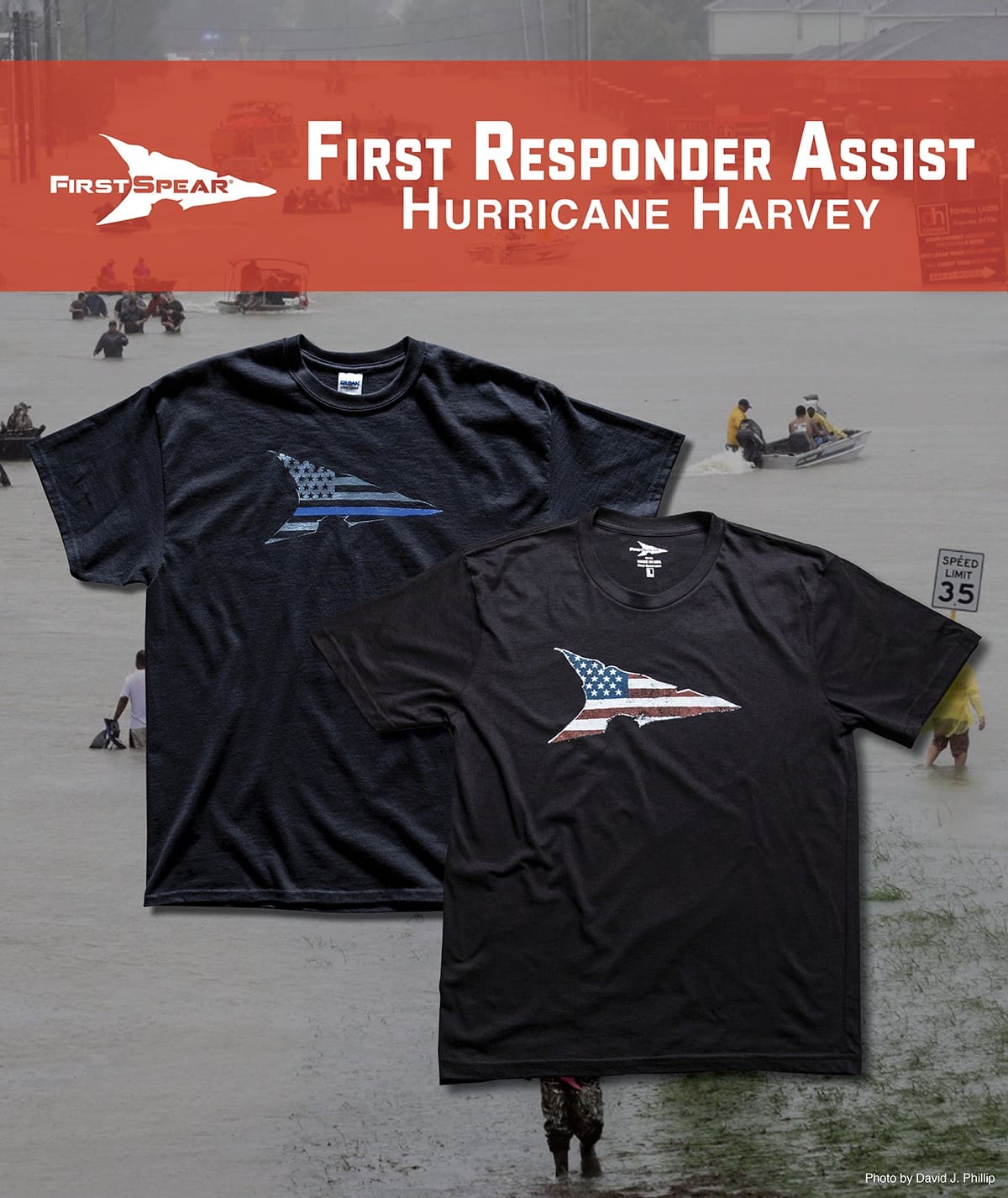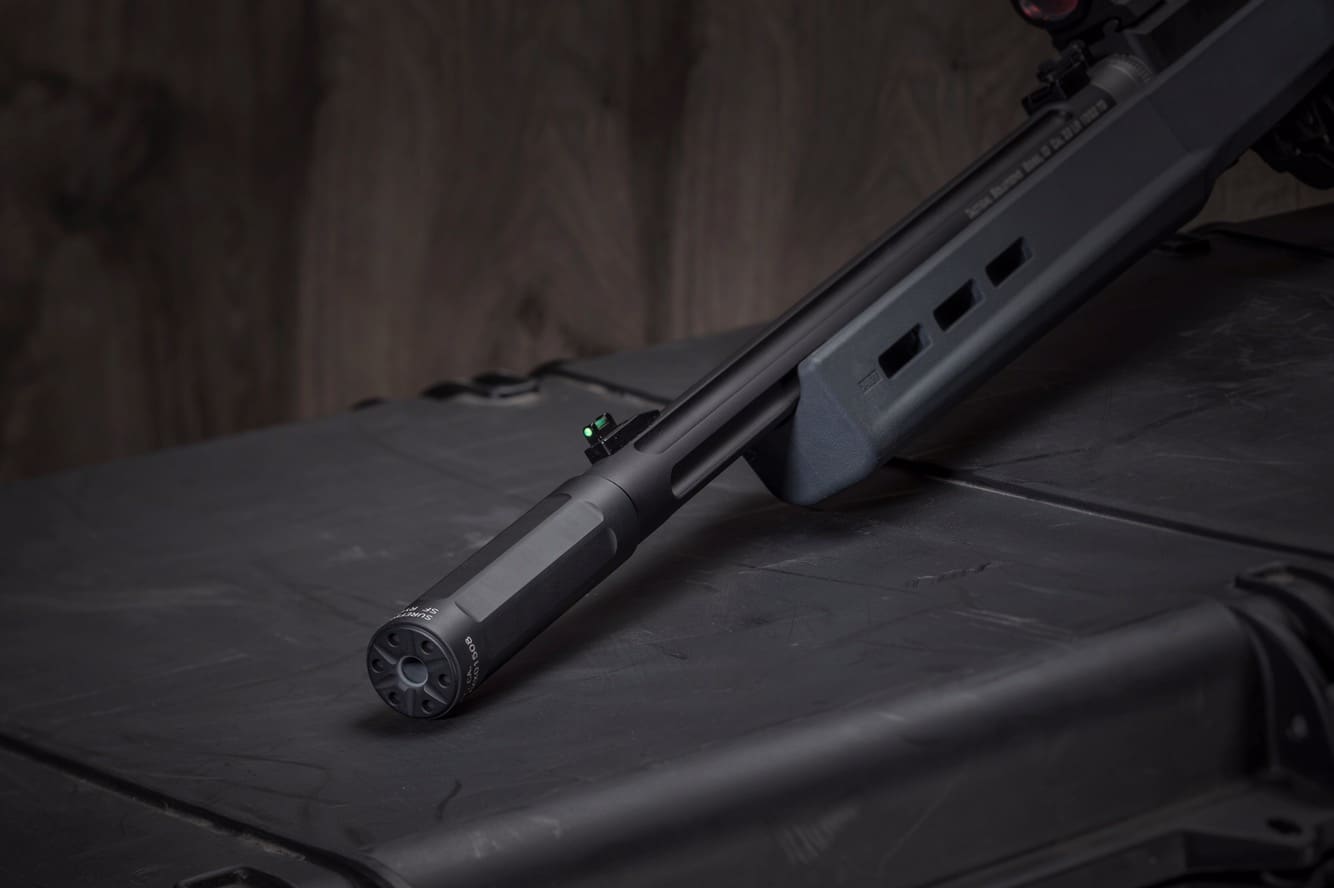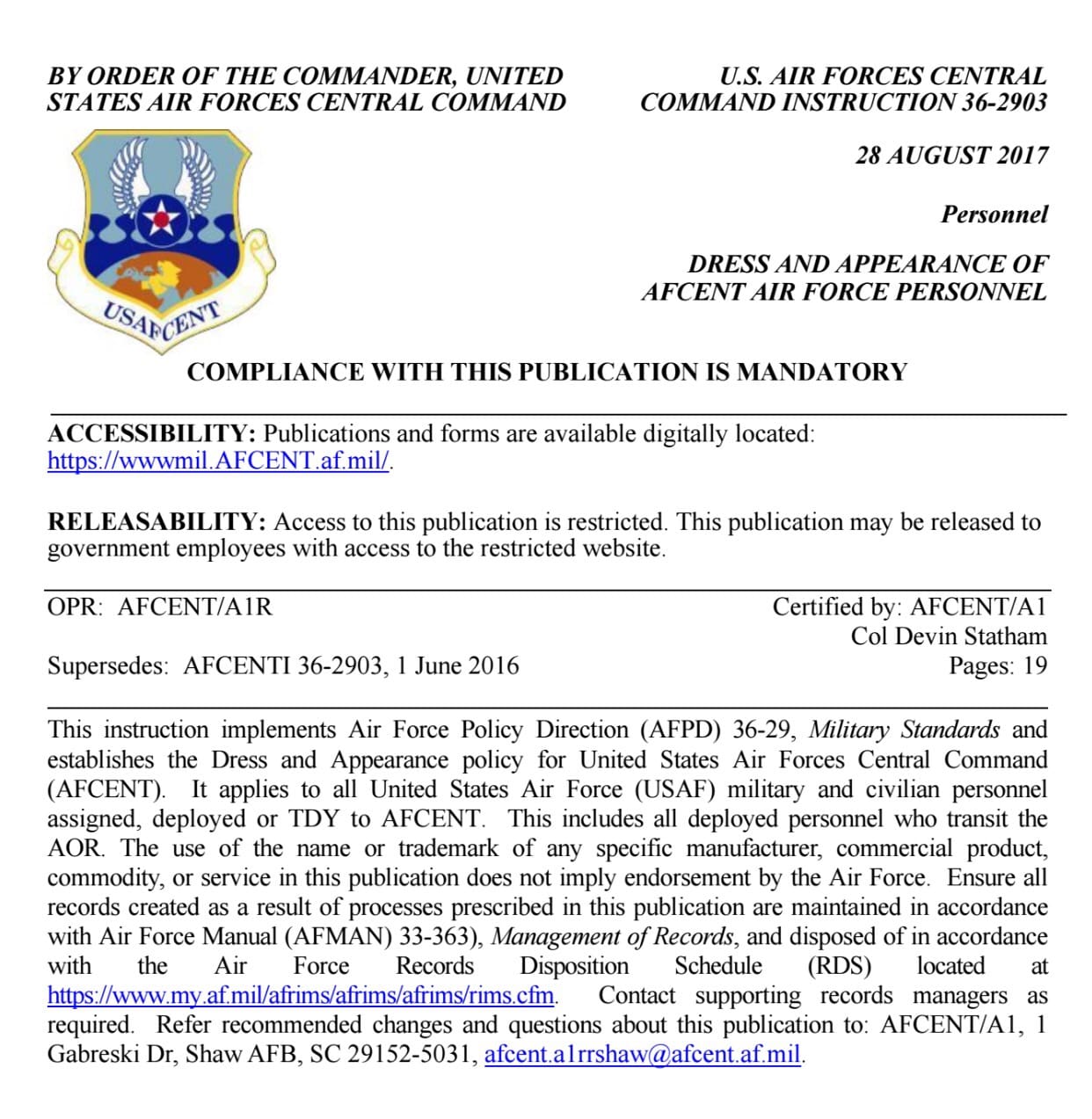
AFCENT has published a major update to USAFCENTI-36-2903, “Dress and Appearance of AFCENT Air Force Personnel”. AFCENT is the air arm of US central Command and if there’s a part of the USAF that is at war 24/7, this is it. With even just a casual look at this Instruction, you can see that it is completely operationally focused, with no mention of dress uniforms. While we offer a summary of changes below, the biggest change is the guidance regarding wear of MultiCam/OCP uniforms.
The following uniforms are authorized as the Uniform of the Day (UOD) for Airmen assigned throughout AFCENT: the Airman Combat Uniform (ACU – previously referred to as multi-cam or OCP), the Fire Resistant-Airman Combat Uniform (FR-ACU), the Desert Flight Duty Uniform (DFDU), or the Airman Aircrew Combat Uniform (A2CU).
This is obviously great news for Middle-East-bound Airmen, but its timing makes us wonder if this is the first of a major uniform and camouflage change for the entire Air Force.
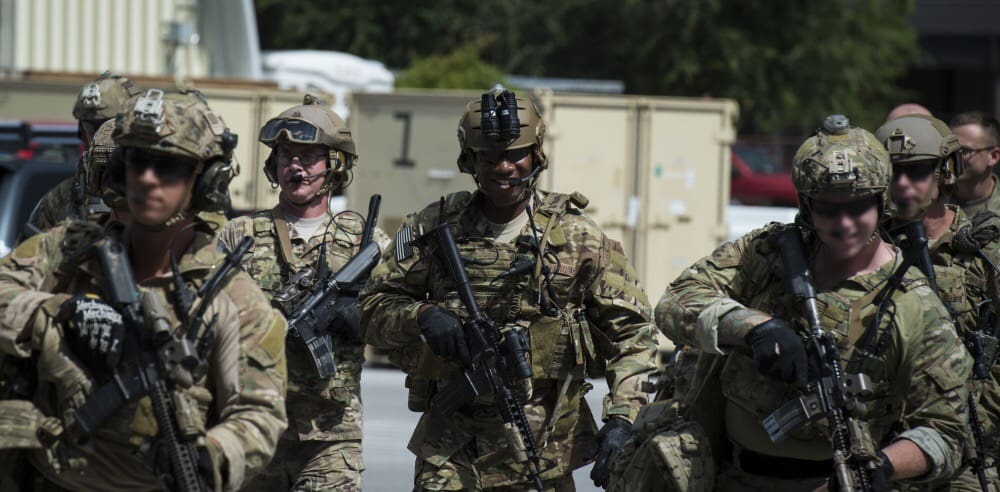
Based on conversations during base visits by CMSAF Kaleth O. Wright, like the one to Hurlburt seen above, rumors have been flying that the Air Force will soon announce a switch from the ill-named Airman Battle Uniform, in service since 2006, to the Army Combat Uniform and its Operational Camouflage Pattern.
According to USAFCENTI-36-2903, that uniform is now referred to as the Airman Combat Unifom when worn by Air Force personnel. While AFCENT has specified a wearout date for the legacy ABU of October 2018, that is only specific guidance for Airmen deploying to the CENTCOM AOR. If the USAF does in fact adopt the ACU, the wearout date across the service will most likely be in the 2020s. Likewise, AFCENT’s requirement that Airmen deploy in OCP uniforms only in 2018, may foreshadow an Air Force-wide change beginning the same year.
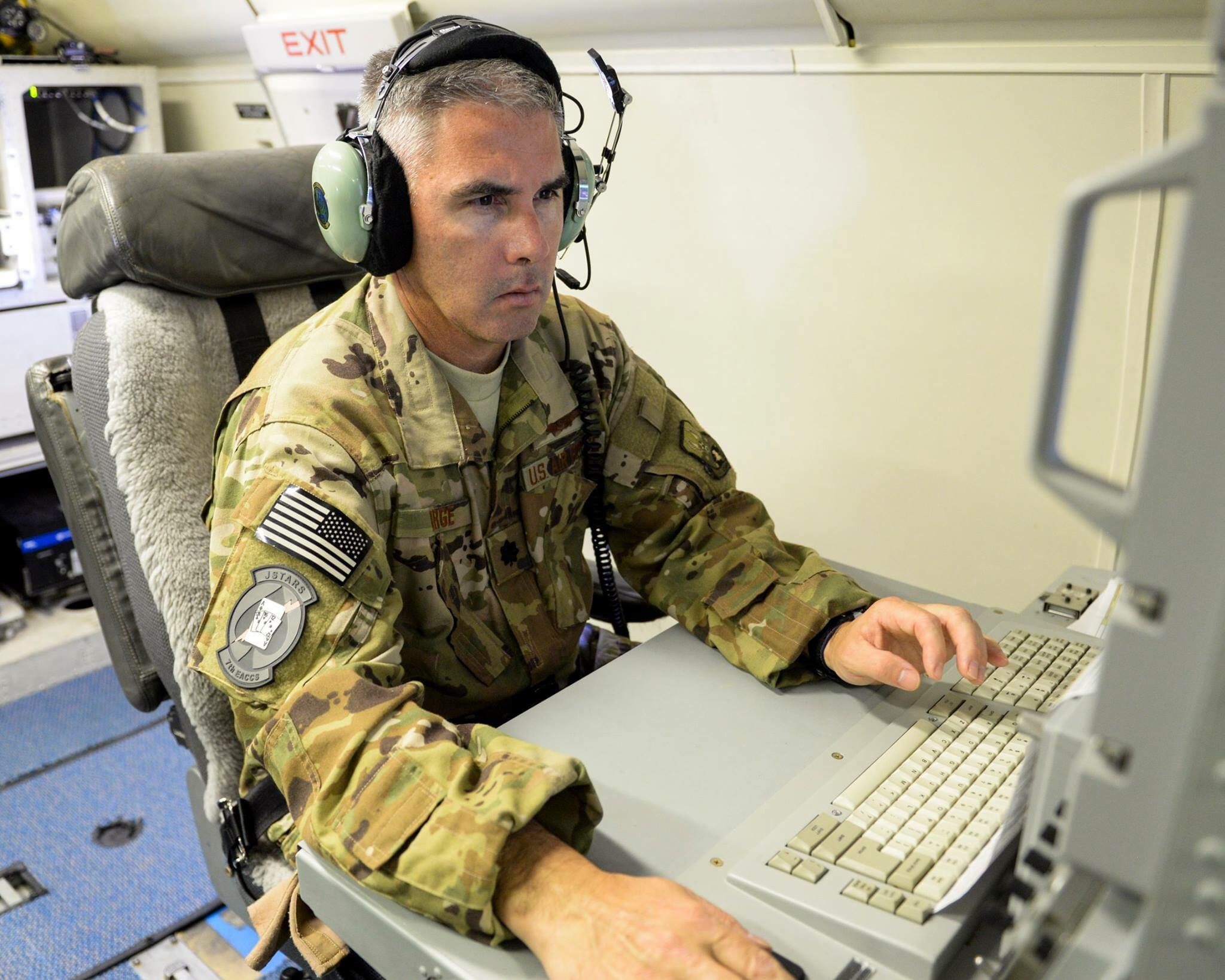
U.S. Air Force Lt. Col. Ronnie Birge, mission crew commander assigned to the 7th Expeditionary Airborne Command and Control Squadron, studies his computer monitor during a mission aboard an E-8C Joint Surveillance Target Attack Radar System aircraft out of Al Udeid, Air Base, Qatar, July 27, 2017. The E-8C JSTARS aircraft and crew provide essential battle management, command and control, intelligence, surveillance and reconnaissance capabilities in support of Operations Inherent Resolve and Freedom’s Sentinel. (U.S. Air National Guard photo by Tech. Sgt. Bradly A. Schneider/Released)
Major Revisions to AFCENTI 36-2903:
– Expanded wear guidance of the Airman Combat Uniform (ACU), all variations, which were previously referred to as OCPs, Multicam, or Scorpion Pattern
– Clarified guidance for ACU wear of patches, badges and insignias
– Clarification on the prohibition to mix and match camouflage patterns
– Clarification of the wear of rings
– Standard Uniform Postures have been removed but may be addressed in local guidance
– Authorized AEW or AEG/CCs to dictate wear of Airman Combat Shirt (ACS) for those who work outdoors
– Authorized ball caps with ACUs
– Mandated wear of Commanders Insignia Pin
AFCENT will mandate AOR-wide wear of the ACU (non Fire Resistant version) in 2018 with further implementation timeline to follow.
I’ve been discussing the possibility of a major duty uniform change for the Air Force with fellow Veteran C Combs, and he shared his thoughts on this Instruction.
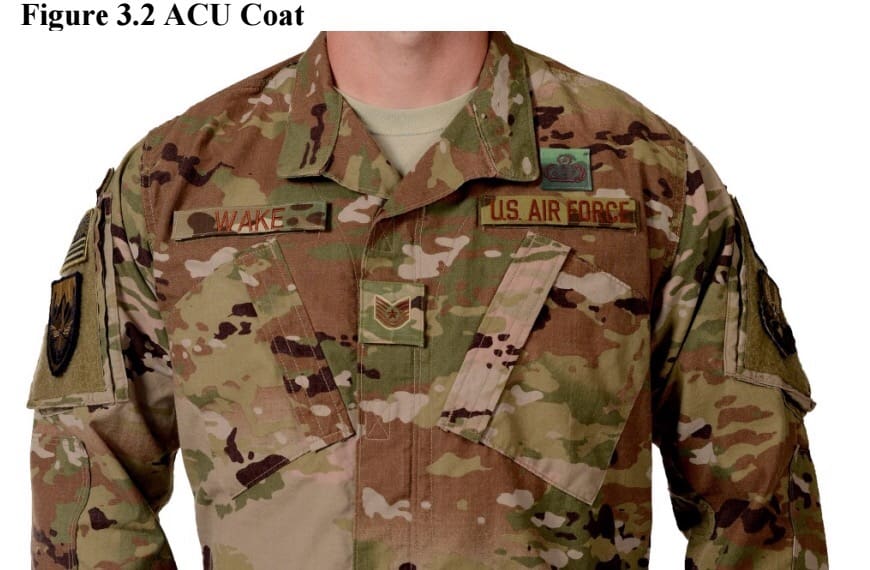
He notes that Air Force functional badges aren’t commonly available in OCP, and that such an undertaking certainly points to an Air Force-wide transition. In fact, the functional badge featured in the illustration in AFCENTI 36-2903 had to be digitally created.

Additionally, he made mention of the return of Ball Caps which harken back to the Squadron ball caps of the 80s and 90s. Although, these certainly have a 21st century twist. Better make sure those are Berry compliant caps, AFCENT A4. That cap in the illustration looks suspiciously like it came from China.
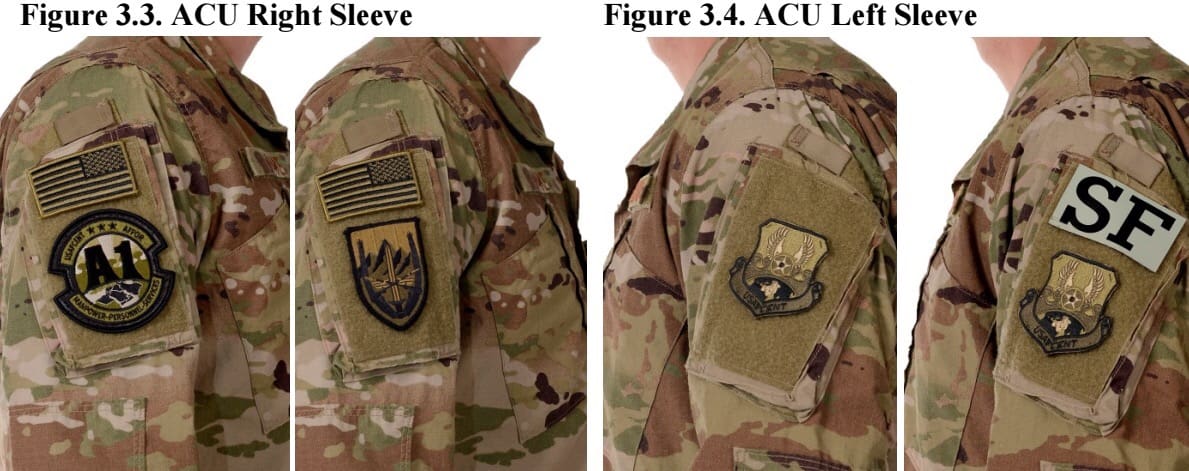
Other Air Force personnel have noted the return of Unit insignia, a practice which went away with the adoption of the ABU. Between that and the retiring of unit ball caps there was little opportunity for personnel to show unit pride.
Airmen will also be allowed to wear earned FWSSI, or as more commonly known, combat patches on their new ACUs. Like the Army, they will also wear an American flag on the right sleeve of their uniform.
The Instruction also notes that “any ACU pattern uniform previously issued or acquired at no cost to the government should be worn by AFCENT personnel” which leaves plenty of room for unit issued uniforms by various manufacturers in MultiCam, as in the case of AFSOC and many Battlefield Airmen AFSCs. Let’s hope the AFI, when published, is as flexible.
Also, Sleeves may be cuffed up or folded under at the wrist. This is entirely too accommodating!
One issue did seem odd. While AFCENTI 36-2903 details which color thread can be used for insignia, they left out the color of thread for 1st LT, Capt, LT Col and Col, as well as the General Officer ranks. This color is probably the missing fourth color.

Probably the best thing about this Instruction is that it drives the nail in the coffin of both the ABU and 8-point hat for wear by Airmen in a combat theater.
On a final note, it’s great to see that neither “blouse” nor “cover” were used in the Instruction. Thank you to the author(s).
Get your copy here.



